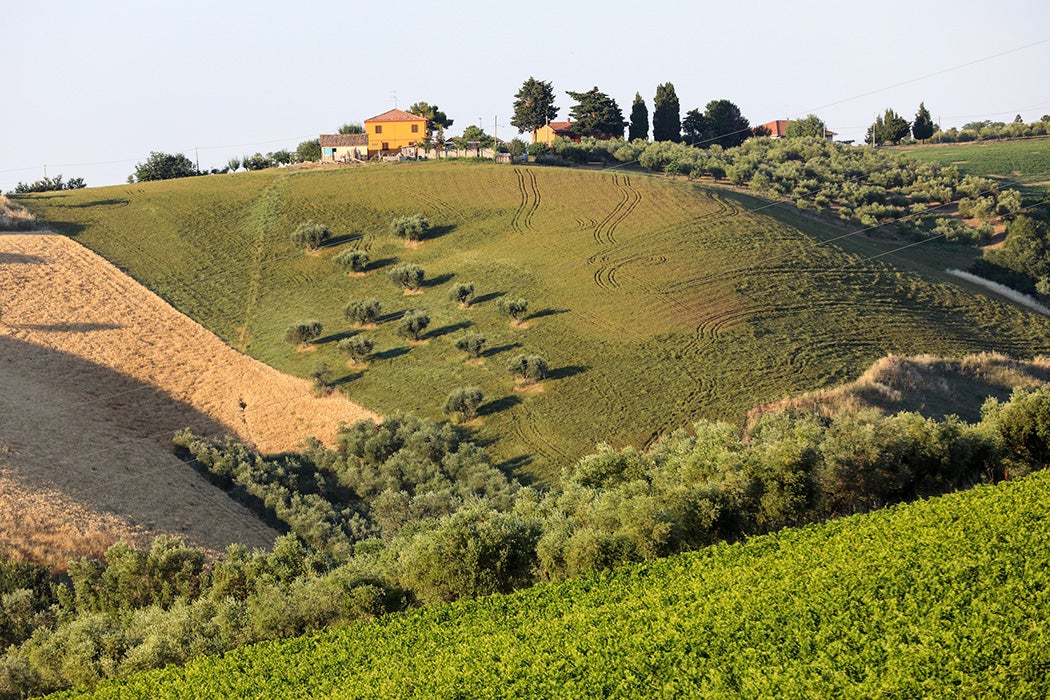Soil is in trouble, and it has been for a long time. Erosion, climate change, and aggressive farming techniques have led to a worldwide degradation of soil health. To continue to feed a growing population, soil health will need to improve.
In a case study from Italy, researchers Salvatore Di Falco and Elisavet Zoupanidou argue that crop biodiversity and soil fertility can positively influence both revenues and the resiliency of farm systems over time.
Soil fertility is the soil’s ability to provide necessary habitat and nutrients for plants. In turn, healthy soil ideally should be both biodiverse and fertile.
Soil biodiversity is the combination of microorganisms, bacteria, and animals that interact with and make their homes in the soil. Biodiversity is considered to be one of the leading factors that determines soil health, and therefore soil productivity. Soil health, as Di Falco and Zoupanidou state, can be defined as “the capacity of the soil to…sustain biological productivity, maintain environmental quality, and promote plant and animal health.” This definition guided their research.
As with a forest or an ocean, biodiversity matters immensely to the function and productivity of a soil ecosystem.
Agriculture has degraded soil health via heavy plowing and monoculture farming, thus decreasing soil biodiversity. Using Italy as a case study, Di Falco and Zoupanidou investigated the relationship between crop type, soil health, and farm revenue using a countrywide dataset on soil and the Italian Farm Accountancy Data Network. The dataset, collected from about 11,000 farms across the country, has ample information on crop numbers, yield, revenue, soil fertility, and more.
Through a series of statistics, the researchers determined that soil health and crop biodiversity were leading factors in determining the economic and agricultural productivity of the farm. These findings were true regardless of the location of the farm.
The authors suggest that farms can diversify their crops to increase soil fertility, or even mix livestock and crops. In turn, a more diverse ecosystem is more likely to be resilient to the many issues farmers face today and in the future, like climate change, evolving markets, and land degradation. In future studies, the researchers want to increase the length of the dataset to see if these findings are true over time.
Weekly Newsletter
Beyond the fields, there are implications for policy measures. As the authors write, “crop diversification may be a potential strategy to support productivity and revenues when soils are less fertile. Agricultural policies that reduce incentives for monoculture can deliver very important payoffs in rural areas.”
Regardless of how the markets or crop values change, food will always be needed—which means healthy soil will be essential too.
Support JSTOR Daily! Join our new membership program on Patreon today.







